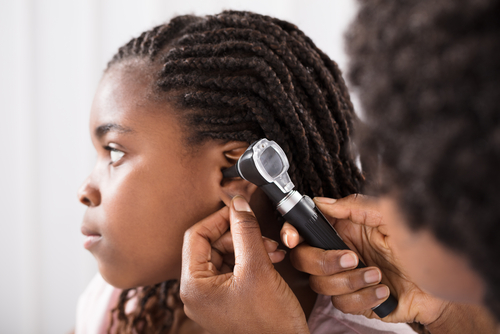We have patients come to us literally from all over the world with a variety of inner ear disorders such as vertigo problems. Now, what are vertigo problems? Well, vertigo problems are a whirling or a dizzy sensation, lack of balance that stems from something going on in the inner ear. Now, most of the time they go and look at the ear and they don’t see anything wrong with the ear. At first glance, the ear seems to be okay, yet there’s definitely something that is creating this imbalance within the brain and within your ear that just doesn’t show its head.
Now, what we have found is most of the time, I’m going say almost 100% of the time, that when there’s no damage done to the ear that it comes from something a little deeper down inside the upper part of the neck that is affecting the vestibulocochlear nerve. You have 12 cranial nerves. There are no nerves that come off the brain that go to the head, face, and neck. You have 12 cranial nerves that come down off the brain stem, go back up inside the skull, and then they innervate your eyes, your vision, your taste, your smell, your hearing, and your balance.
One of those nerves is called the vestibulocochlear nerve. It starts off as one nerve leaving the brainstem and it goes to the inner ear and it’ll branch off into a vestibular branch and a cochlear branch. The cochlear branch is your hearing, and the vestibular branch controls your balance. What we have found is there’s nothing necessarily wrong with the ear itself, but the message leaves the perfectly good ear and says, “Everything is okay.” Now it has to send that message to the brain to tell the brain everything’s okay, but somewhere between the ear and the brain the message gets altered or distorted. You get one message from one side, a different message from the other side and it causes the brain to be confused, which creates the sense of dizziness or being off-balance.
How does that happen? Well, right at the upper two bones, where that brainstem comes through there, if one of the bones gets a little bit out of position, it will literally put pressure at the spot where that nerve comes into the brainstem so that by the time it’s transmitted to the brain, it’s a different message. This alters what the brain receives, thus creating the sense of dizziness, lack of balance.
Now, there’s medications that might “temporarily” mask that sensation. From my experience, they don’t work very well. The best thing to do would obviously be to get to that ultimate cause of that dizziness and vertigo problems. Remove the cause, the dizziness should then clear up. If you have vertigo, or dizziness, try to find an upper cervical doctor to analyze the upper part of the neck, the brainstem area, where that vestibulocochlear nerve goes to the brain and see if there’s a problem there. Within just a few minutes, a good upper cervical doctor should be able to identify the problem and explain to you what needs to be done now to correct it so that the pressure comes off of that vestibulocochlear nerve, the normal message leaving the ear arrives at the brain normally, thus everything should start to level out.


